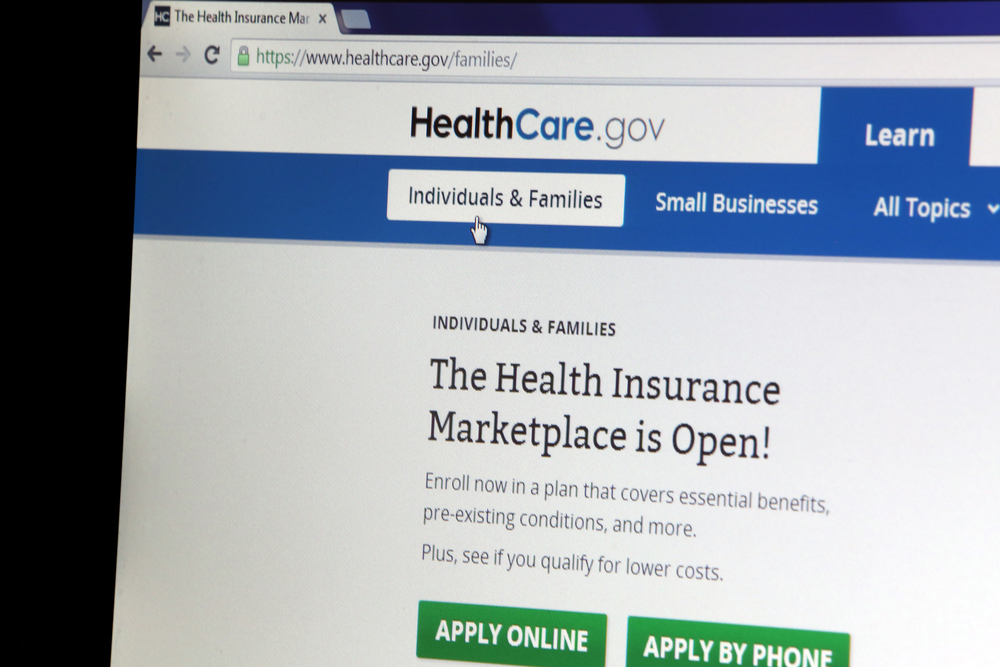We've heard it a lot recently with the coronavirus pandemic: If you aren't sick enough to be hospitalized, stay away. But what about the many patients — transplant, sickle cell, cancer, and immunocompromised — who still need medical care and can't stay away? How are they protected?
"I am a breast cancer survivor. The issues as a result of my last chemo as a side effect, I had some something they call respiratory spasms that were just random breathing issues brought on by the chemo. After that, they did some CT scans that showed that lung damage and that I have also an existing lung nodule right now. So that puts me at a very high risk," Kelly Mellott, someone who is at high risk for COVID-19, told Newsy.
Mellott told Newsy much of her cancer recovery treatment, like surgery and follow-ups, has been postponed or moved online, and her oncologist moved up an appointment for a necessary shot.
"When I got to the cancer center and walked up, they had nurses stationed at all the doors sort of like bouncers, asking testing questions about the different symptoms and stuff," Mellott said.
Hospitals across the country have canceled elective surgeries and stepped up restrictions to prevent the spread of the coronavirus. In Texas, the state Health and Human Services Department has temporarily suspended visitation at state hospitals and state-supported living centers.
HCA, a hospital system with more than 180 facilities across more than a dozen states, has stationed masked health care workers at all doors to screen anyone coming through — patient, visitor, even staff. Bottom line: Efforts to prevent the spread of coronavirus affect all patients.
"Just to to mitigate more risk and not take any chances by having large amounts of people inside the walls of our hospital. And then the other thing that we are doing to protect our patients is something called cohorting," Erica Rossitto, chief nursing executive for HCA Healthcare's Continental Division told Newsy.
"We have been very deliberate in segregating those patient populations so that the patients who need to come for us to us for just their normal everyday life events are still able to do that," Rossitto said.
This week, the Trump administration relaxed some telehealth restrictions, including regulations that previously required doctors to be licensed in every state they practice telehealth in. Now, a doctor at a hospital in a state with fewer coronavirus patients could provide telemedicine care in a hospital in a different state seeing a patient surge. It also allowed for use of video apps like FaceTime and Skype for telehealth use.
Dr. Nicholas Tsipis showed us how doctors are using Zoom, a HIPAA secure teleconference app to lessen the amount of times health care workers are going in and seeing the patient.
So are there any challenges that telehealth brings that mean seeing a patient face-to-face might provide better assessments? Tsipis, the associate medical director of Swedish Hospital's ER and chief of ER telemedicine at CarePoint Health told Newsy: "There is always a role for what we call the physical exam, being close to the patient and putting your stethoscope on the patient and listening to them. It's the follow-up questions and it's the follow-up information that the patient can provide that can be done via a video just as easily as it could be done in person."




 Israeli's Netanyahu Accused Of Using Coronavirus To His Advantage
Israeli's Netanyahu Accused Of Using Coronavirus To His Advantage






